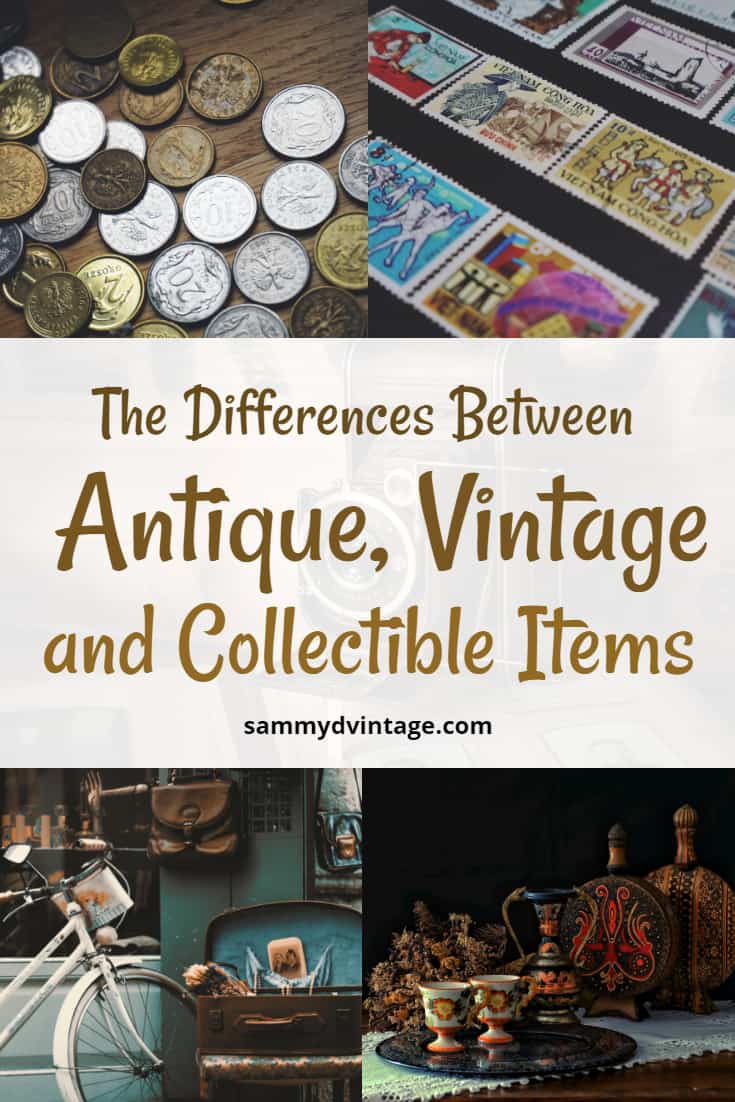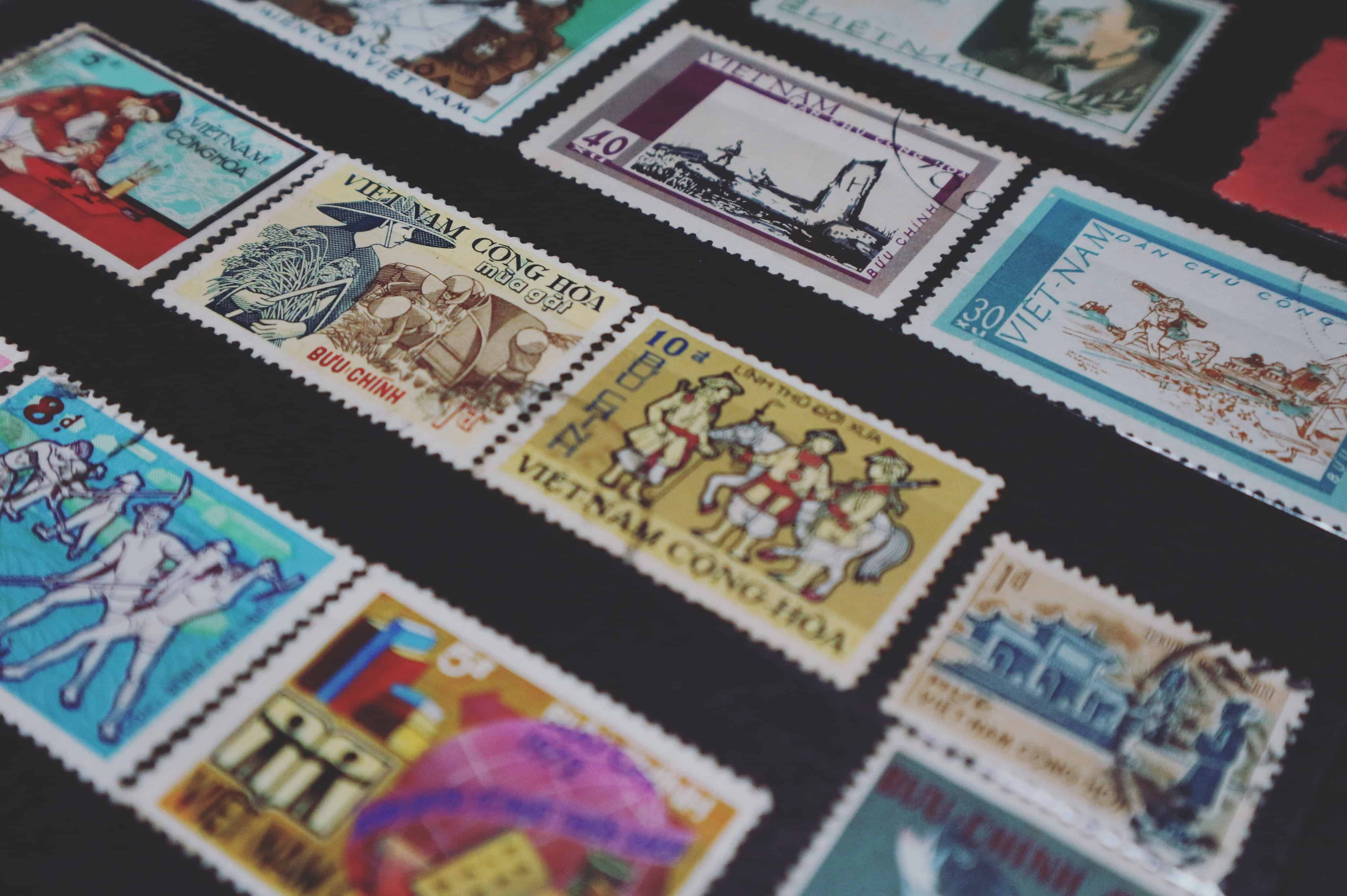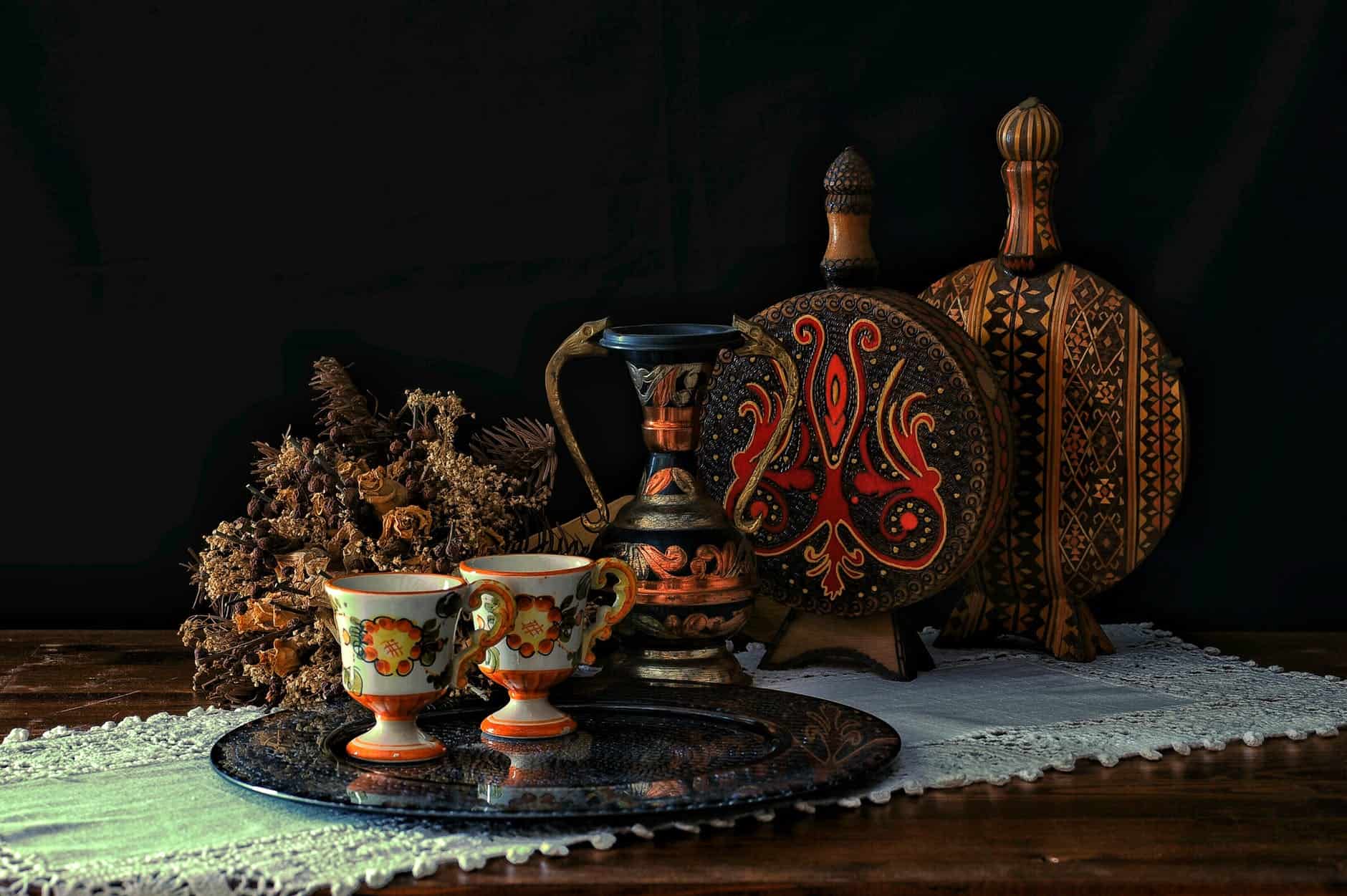
Depending on your perspective, a year ago might seem like the distant past, or 10 years ago might seem like yesterday. But when you look at aging products, like clothing, jewelry, accessories and products, years become much more crucial.
Unless old items are your area of expertise, the descriptions “collectible,” “vintage” and “antique” might be interchangeable to you. But the distinction between them is essential for many buyers and sellers rummaging through merchandise from the past.
Whether you’re looking through websites, dealer collections or flea markets, you need to define these terms accurately to understand what’s available and valuable. Here’s a look at what each of them means.
What Is a Collectible Item?
For something to be a collectible, collectors need to find it significant or interesting. This broad understanding opens a large variety of goods and memorabilia.
Typically, collectibles fall into common categories, like clothing, cards, coins, stamps and household accessories. Collectors deem items younger than 100 years as collectibles to differentiate them from antiques.


One thing many people collect are coins. Collectors gather special coins to commemorate occasions or historic moments. Commemorative coins aren’t circulated as currency and serve as personal treasures. Like other collectibles, these depend on the collector’s tastes.
Some companies produce items in limited quantities, with the intention that they’ll become collectibles. If there’s competition between collectors for these items, collectibles can be hot commodities.
What Is a Vintage Item?
Calling an item “vintage” is more flexible than the antique category because the age and nature of vintage goods is unclear. Because the term originally applied to wine, the description has developed in a unique way over the years. Now, the essence of the term means a style particular to a certain year that isn’t quite antique.
Some define vintage as displaying the qualities of the year or era it was made. A widely accepted restriction is that the piece has to be 20 years or older, too. Etsy, a popular online marketplace, holds this definition as well.
However, some take “vintage” to mean an item simply made in the appearance and fashion of a time period. So, a piece of decor or an accessory made today can be vintage if it’s in a 1950’s style. But most sellers label these vintage replicas or vintage-inspired products instead because this representation-based understanding isn’t common in the industry anymore.
What Is an Antique?
When you hear the word “antique,” images of old brooches and dusty pearls might come to mind. But antiques are more specific than outdated goods. They are noted for their historic contribution and period-specific look.

Objects that are considered antique were crafted at least 100 years ago. The century rule allows a new batch of items to become antique each year. So, even if you think of 1930’s fashion pieces as relics, they aren’t antiques yet. Learn to identify each era or period to spot authentic antiques.
As the oldest designated term, we’re discussing, antiques are rare and costly because they’re far removed from their place in history. You can find antiques at antique shops, shows or malls, and sometimes flea markets, auctions and estate sales can feature antiques, too.
Identify Rare Items

In the end, the value of clothing, jewelry and accessories lands on the market — and consumers play a significant role in a piece’s worth as well. If Edwardian Era jewelry is in high demand, for example, its price will also be high.
Invest in items that you find valuable and worthwhile. Whether you’re a collector or a caretaker of family heirlooms, figure out the difference and significance of aging items to inform your buying and selling.

Hi, my name is Linda and my Grandma passed leaving me an ENORMOUS care bear collection. I’ve been posting on Facebook and sold some on eBay but buyers are going crazy as there is just so much.
I’ve been told it is the ‘holy grail’ of care bears, or I should open a museum for all that she has.
I’m not looking to come on a show to make money, but I was hoping maybe there is a way I can just put them all somewhere and all the collectors can come visit and see all that she collected.
I’m creating a webpage to have them all out there but I’m only one person and it will be taking me a long time.